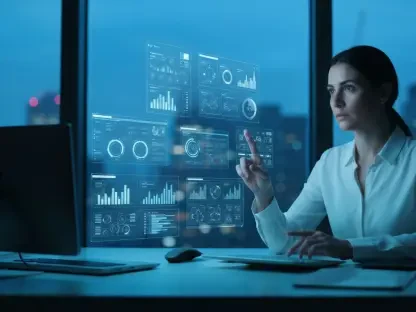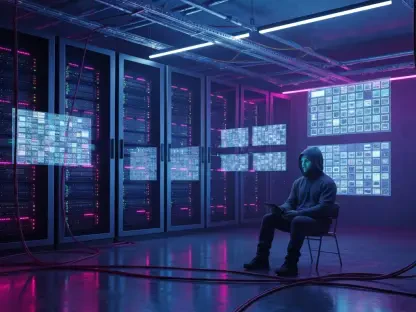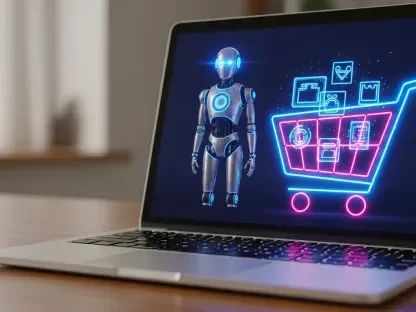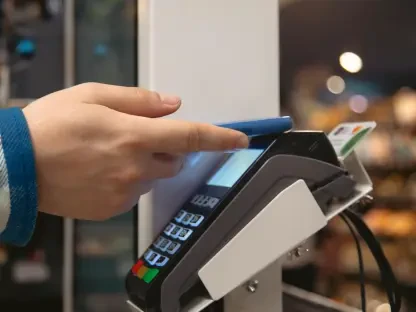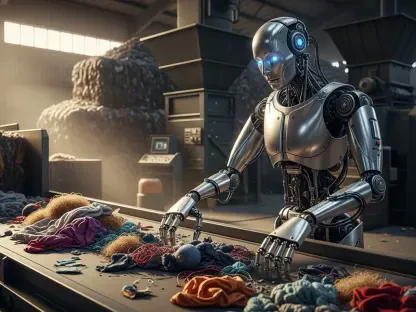The advent of eCommerce in 1994, pioneered by Amazon, enabled retailers to leverage a new channel for increased sales. Fast-forward a decade, and with new digital technology and data analysis, the need for personalization started to shake things up.
Today, 71% of consumers expect personalized interactions from companies—and 76% get frustrated when this doesn’t happen.
As retailers adjusted to these changes, a new wave of innovation appeared: Immersive Technology.
Augmented Reality (AR) and Virtual Reality (VR) began to change the shopping experience, giving customers new ways to interact with products and explore them. These technologies promise to evolve personalization and open new ways for customers to engage with brands.
In addition, many retailers discovered that immersive tech holds the potential to redefine the employee experience (EX). By integrating AR and VR into training, collaboration, and daily operations, retailers can create more engaging and effective team environments.
Read on to:
Explore how your peers use immersive technology to transform CX and EX
Derive insights into effectively leveraging AR/VR across various applications
Find out how innovative tools boost your bottom line
It’s Not All Fun and Games
Snapchat, one of the main proponents of embracing AR/VR, is calling for an “Augmentality Shift”.
Although it’s seemingly directed at consumers, the Augmentality Shift concerns businesses—since 90% of surveyed brands believe AR to be “primarily for fun”. For consumers, shopping is the number one reason for using AR.
Consider rethinking your mindset regarding immersive technology, and tap into the $33.2 billion market (expected to register a CAGR of over 24.5% between 2024 and 2032).
Better CX = Improved Conversion %
Blending the digital and physical worlds to deliver an immersive shopping experience is top-of-mind for some of your peers. And rightly so.
Gunner Kennels, which produces heavy-duty kennels that safeguard pets during transportation, relied on Shopify’s native support for 3D models and AR to help customers determine the appropriate size of the kennel relative to their pet.
This initiative resulted in a 40% increase in order conversion rate and a 3% uptick in cart conversion rates.
However, while more sales are fantastic, fewer returns are the ultimate goal.
Reduce Return Rates
Retailers are increasingly combatting the customer’s instinct to “buy five items and only keep one,” and AR provides an efficient solution: Try before you buy.
Thanks to 3D visualizations, AR technology enables virtual try-ons and product demos, clearly displaying the merchandise, whether it’s clothes, makeup, accessories, or, in Wayfair’s case, furniture.
By leveraging AR to enhance the shopping experience, retailers can create a more efficient and satisfying shopping journey.
User-Friendly Customer Service
Evolving consumer satisfaction has become an essential part of improving the customer lifecycle.
In the automotive industry, Mercedes uses PTC’s Vuforia Engine to empower both customers and sales associates in their dealership locations. Owners and potential buyers can get readily available information to better understand the vehicle’s features and ensure a seamless driving experience.
Instead of waiting days for a technician, you can get help quickly with AR-powered remote support. Customer service reps can show up on your clients’ screens, providing real-time help and advice to fix problems—fast.
Employees Need AR/VR, Too
As retailers started using AR and VR to improve customer experiences, they soon saw these technologies could also make a big difference in the workplace.
Just like AR and VR changed how customers interact with products, using these tools for both customers and employees is key to staying ahead in today’s fast-moving market.
Employee Training and Onboarding
Immersive technology offers a great way to train employees by creating realistic, hands-on learning environments. Forward-thinking retailers use AR and VR to teach staff about store procedures, customer service, and product details more effectively.
These innovations also make it easier to onboard new employees. Virtual store tours allow them to get familiar with the store layout, products, and important areas before they start, helping them settle in faster.
More importantly, retailers can strengthen their workforce’s response to hazardous situations in a safe, controlled environment, minimizing risk in the real world.
Nurturing a Collaborative, Supportive Culture
Delivering hands-on experiences in leadership and crisis management pervades the minds of today’s decision-makers. That’s why many turn to immersive technology to transform learning and workplace culture.
Meta was on a quest to improve team building and employee engagement by creating interactive and immersive experiences—and they managed to create a fun, inclusive, and engaging solution: Horizon Workrooms.
During the COVID-19 pandemic, Microsoft’s Azure team felt more separated than ever, which took a toll on their morale. To address this issue, they used VR for a virtual team-building event.
This helped them reconnect and keep employees engaged, making them feel united even though they were physically separated.
A New Supply Chain Reality
Managing the intricacies of warehouses, shifting parts, and a global workforce has always been a tough job in supply chains and logistics.
VR and AR technologies can offer a clearer view of your operations through 3D visualization, enabling you to handle logistics tasks without needing to have someone physically present.
In fact, sales of Smart Augmented Reality (AR) Glasses are expected to grow by more than 48.5% annually—reaching 13.3 million units sold by 2030.
Here’s a quick look at how AR and VR are being used to improve various aspects of warehousing, inventory management, logistics, and maintenance.
These technologies offer practical solutions that enhance efficiency, accuracy, and training in different areas:
Area | AR Application | VR Application |
Warehouse Management | AR headsets help warehouse workers get real-time inventory details, which cuts down on picking mistakes and speeds up order fulfillment. | VR training helps warehouse workers practice tough tasks, making them better and reducing errors. |
Inventory Management | AR devices show digital info on physical products, making inventory checks faster and more accurate. | VR settings let teams from different places work together on inventory planning easily. |
Logistics and Transportation | AR improves driver navigation with live updates on traffic, weather, and delivery times. | VR training creates realistic driving scenarios without needing real vehicles. |
Maintenance and Repair | AR helps technicians by showing digital guides on equipment for maintenance and troubleshooting. | VR allows experts to guide on-site staff through repairs from a distance. |
Conclusion
VR and AR technologies are changing how retailers handle supply chains and logistics. They make it easier to see what’s going on with operations, letting you manage tasks from a distance. This translates to smooth logistics, efficient problem resolution, and customer satisfaction.
Harness the power of immersive technology to meet ever-changing consumer demands in the future of retail.


